'A beacon of hope': Art installation debuts at city’s safe consumption site
A lasting symbol of the ongoing opioid crisis glistened in the sunshine Thursday morning on York Street.
A new mosaic wall of tiles, created by those battling addictions and family members supporting them, has been unveiled.
Constructed in two sections, it serves as the entranceway to Carepoint, London's supervised consumption site.
“The mirrors reflecting the light. It’s such a beacon of hope,” shared Kim Martin.
She is a retired doctor who recently returned to London. In 2017, she lost her daughter Delaney, an aspiring nursing aide, to an overdose.
The tile she created features a turtle matching a tattoo on her late daughter's body.
“I choose that because it represents how I imagine Delaney today. Weightless, peaceful, secure in the knowledge that she is enough, forever loved,” Martin told the gathered crowd.
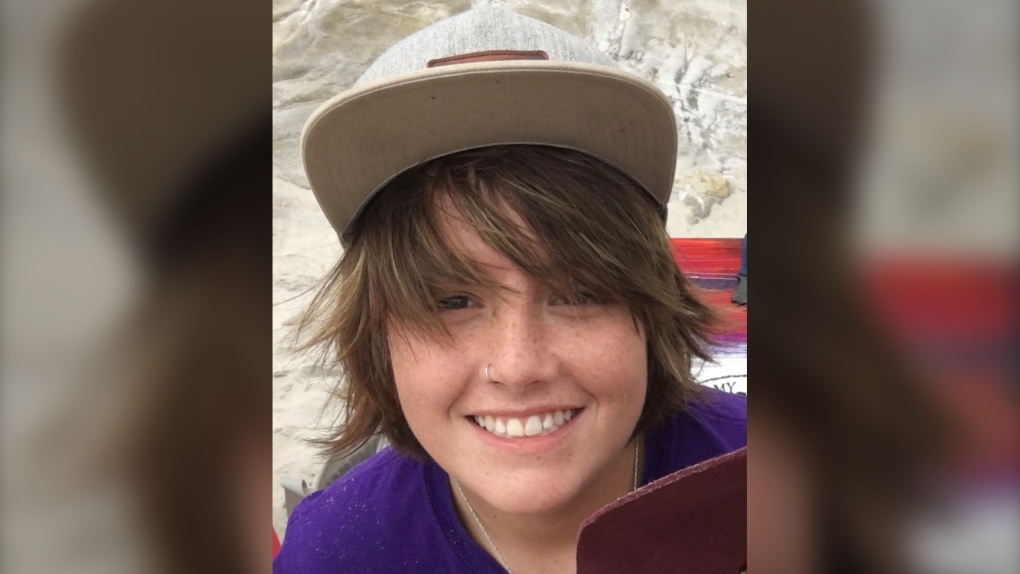 Delaney Martin in seen in this update image. (Supplied)
Delaney Martin in seen in this update image. (Supplied)
The wall, a combined project of artist Susan Day, Regional HIV/AIDS Connection, and McIntosh Gallery, is packed with stories.
Some, like Delaney's, symbolize those lost to the crisis, while others reflect current battles with substances.
But the story behind another tile began 30 years ago, on a street in Old East Village.
Back then Hewitt Street was known as Glebe Street, and a fixture on it was a man named Tim McCarthy.
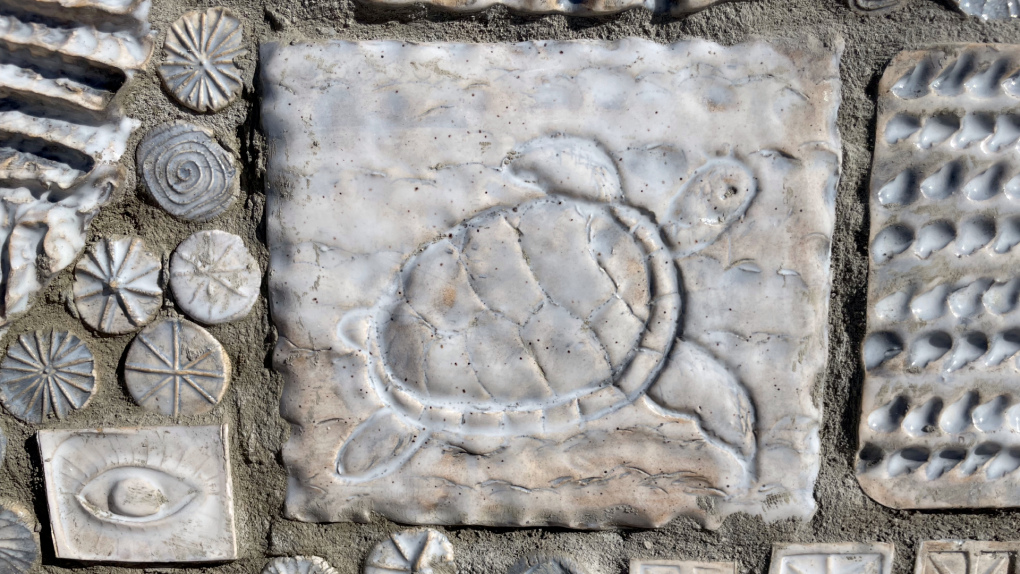 Kim Martin created this tile in memory of her late daughter, Delaney. The tile is part of wall mural serving as an entrance to London, Ont.'s Carepoint safe consumption site. (Sean Irvine/CTV News London)
Kim Martin created this tile in memory of her late daughter, Delaney. The tile is part of wall mural serving as an entrance to London, Ont.'s Carepoint safe consumption site. (Sean Irvine/CTV News London)
“I lived on Glebe Street, and I am a miracle," Tim said to CTV News London.
In the early 1990s, Tim was an addict moving in dangerous circles.
30 years later, his tile brings back the street name the city dropped decades ago amidst its reputation.
For Tim, the work reflects his ongoing recovery, while the broader project offers hope.
“There are new drugs out there, and I just wish that everybody would get better,” he said.
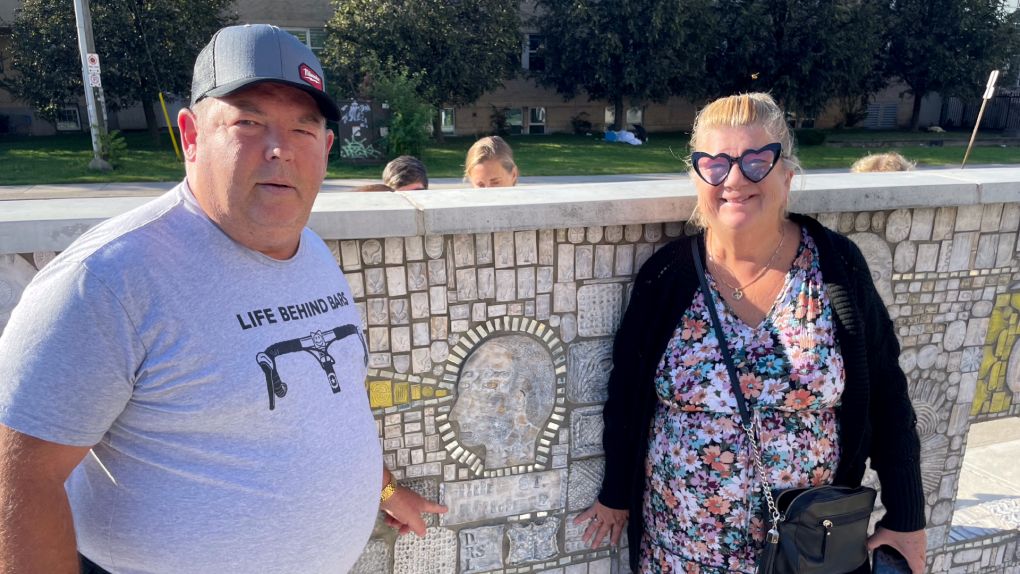 Tim McCarthy and his wife Shirley stand in front of a tile Tim created on Aug. 30, 2023. It reads the name Glebe Street, the former name of Hewitt Street in London, Ont. Tim battled addictions and a dangerous lifestyle when he lived on the street in the 1990s. He is now decades into recovery. (Sean Irvine/CTV News London)
Tim McCarthy and his wife Shirley stand in front of a tile Tim created on Aug. 30, 2023. It reads the name Glebe Street, the former name of Hewitt Street in London, Ont. Tim battled addictions and a dangerous lifestyle when he lived on the street in the 1990s. He is now decades into recovery. (Sean Irvine/CTV News London)
For some, the first step to getting better is a close call.
Since opening its doors earlier this year, Carepoint has reversed dozens of potential overdoses, according to Megan Van Boheemen, a senior leader at the site.
“We think we’ve reversed 86, so that’s already telling us more people are coming and are feeling more comfortable accessing services,” she explained.
And while it comes too late for Delaney, Kim is ready to volunteer at Carepoint to help others. Part of her pledge is to keep talking in the hope others who have lost loved ones will be able to come forward and say:
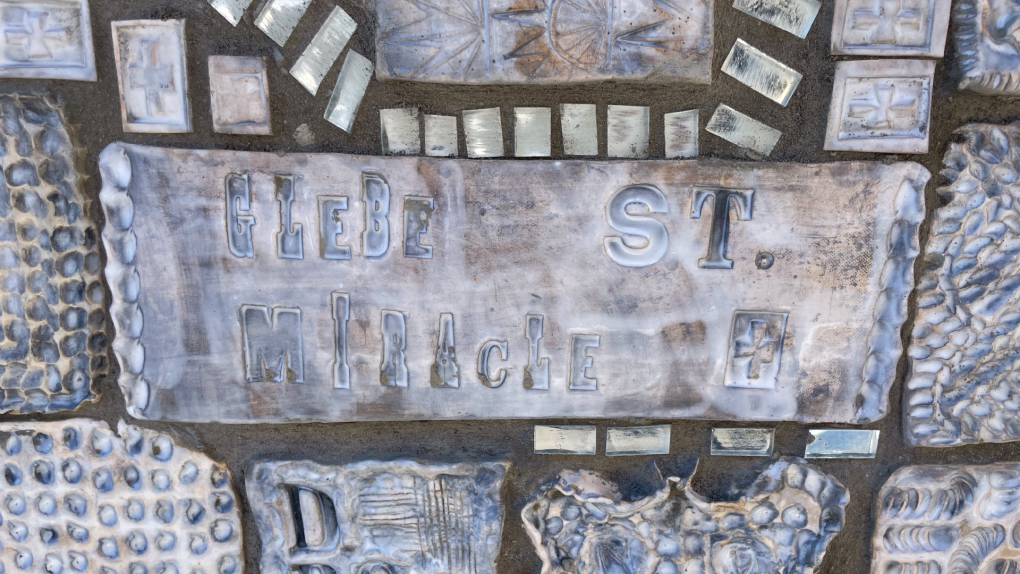 Tim McCarthy created this tile, which reads the name Glebe Street, the former name of Hewitt Street in London, Ont. Tim battled addictions and a dangerous lifestyle when he lived on the street in the 1990s. He is now decades into recovery. (Sean Irvine/CTV News London)
Tim McCarthy created this tile, which reads the name Glebe Street, the former name of Hewitt Street in London, Ont. Tim battled addictions and a dangerous lifestyle when he lived on the street in the 1990s. He is now decades into recovery. (Sean Irvine/CTV News London)
“You know what, my son, my daughter, my brother, myself [struggle], so there is obviously a stigma,” she said.
And for each of them, a wall of their stories — others cannot ignore — now glistens in the sun.
“Let this mosaic stand as a testament to the power of unity, compassion, and action,” concluded Martin McIntosh, the executive director of Regional HIV/AIDS Connection.
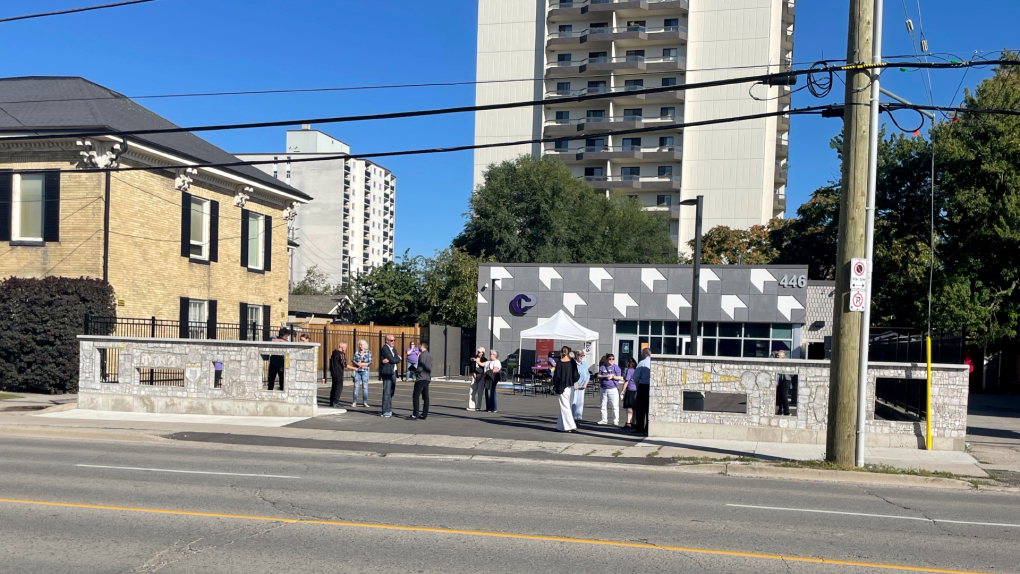 The mosaic wall mural is seen in two sections at the front of the Carepoint safe consumption centre on York Street in London, Ont. on Aug. 30, 2023.
The mosaic wall mural is seen in two sections at the front of the Carepoint safe consumption centre on York Street in London, Ont. on Aug. 30, 2023.
CTVNews.ca Top Stories

Invasive and toxic hammerhead worms make themselves at home in Ontario
Ontario is now home to an invasive and toxic worm species that can grow up to three feet long and can be dangerous to small animals and pets.
Ontario to ban use of cellphones in school classrooms starting in September
Ontario is introducing a suite of measures that will crack down on cellphone use and vaping in schools.
Murder charge laid after man falls to death from Toronto apartment balcony
One person has been charged with second-degree murder in connection with the death of a man who fell from a balcony following an altercation inside a Toronto apartment building.
Ukraine's army chief reports tactical retreat in the east, and warns of front-line pressure
Ukraine's troops have been forced to make a tactical retreat from three villages in the embattled east, the country's army chief said Sunday, warning of a worsening battlefield situation as Ukrainian forces wait for much-needed arms from a huge U.S. aid package to reach combat zones.
Zendaya tennis movie ‘Challengers’ scores at weekend box office
Zendaya and castmates Mike Faist and Josh O’Connor have been on a globetrotting press tour to get the word out about Italian director Luca Guadagnino's original film, which opened in 3,477 locations in the U.S. and Canada.
Dozens in Italy give a fascist salute on the anniversary of Mussolini's execution
Dozens of people raised their arms in the fascist salute and shouted a fascist chant during ceremonies Sunday to honor Italian dictator Benito Mussolini on the 79th anniversary of his execution.
Have you heard the one about Trump? Biden tries humour on the campaign trail
U.S. President Joe Biden is out to win votes by scoring some laughs at the expense of Donald Trump, unleashing mockery with the goal of getting under the former president's thin skin and reminding the country of his blunders.
'Do not consume': Gift Chocolate recalled due to undeclared milk, soy
The Canadian Food Inspection Agency has issued a recall for a specific chocolate brand sold in Ontario and Quebec.
Laurentian University to spend millions on recommendations in second budget post insolvency, but nothing new to reopen pool
Laurentian University's board of governors approved a budget of just over $201.7 million for the 2024-2025 fiscal year.


























